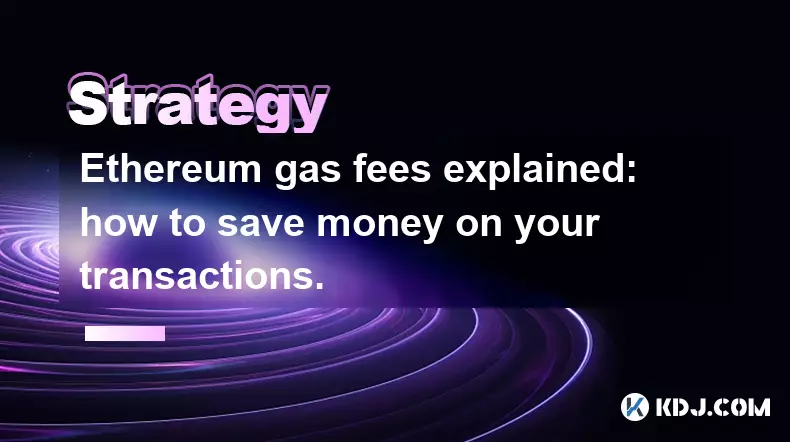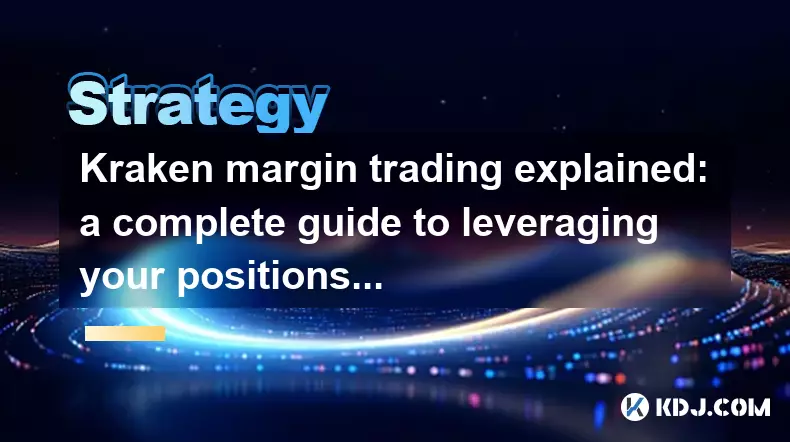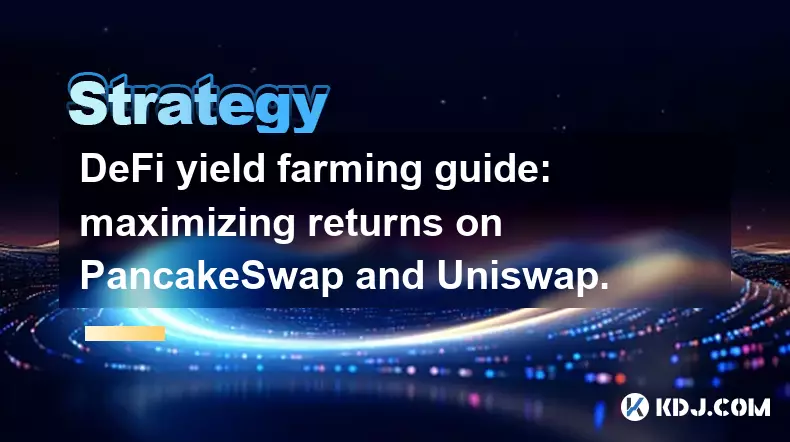-
 bitcoin
bitcoin $102877.190955 USD
1.88% -
 ethereum
ethereum $3430.435064 USD
4.52% -
 tether
tether $0.999264 USD
-0.05% -
 xrp
xrp $2.307310 USD
4.49% -
 bnb
bnb $987.740692 USD
3.82% -
 solana
solana $161.947760 USD
3.97% -
 usd-coin
usd-coin $0.999712 USD
-0.05% -
 tron
tron $0.292810 USD
2.93% -
 dogecoin
dogecoin $0.179738 USD
10.70% -
 cardano
cardano $0.580716 USD
8.75% -
 hyperliquid
hyperliquid $42.463448 USD
8.40% -
 chainlink
chainlink $15.763437 USD
7.05% -
 zcash
zcash $649.595636 USD
17.21% -
 bitcoin-cash
bitcoin-cash $511.610261 USD
7.19% -
 stellar
stellar $0.292537 USD
7.91%
Techniques and Trends in Coin Speculation
Understanding cryptocurrency market dynamics, technical and fundamental analysis techniques, and risk management strategies are crucial for successful coin speculation.
Jan 10, 2025 at 06:45 pm

Techniques and Trends in Coin Speculation
Key Points:- Understanding Crypto Market Dynamics
- Technical Analysis Techniques
- Fundamental Analysis Techniques
- Leverage Trading
- Coin Portfolio Management
- Security Considerations
- Cryptocurrency Tax Implications
- Utilizing Market Research Tools
Understanding Crypto Market Dynamics
The cryptocurrency market is characterized by high volatility and unpredictable price movements. Speculators seek to profit from these fluctuations by buying and selling coins at opportune moments. To do this effectively, it's essential to understand the unique factors that influence crypto prices, such as:
- News and social media sentiment
- Exchange listing and delistings
- Changes in regulations
- Market capitalization and trading volume
- Technical indicators and chart patterns
Technical Analysis Techniques
Technical analysis is a method of forecasting market movements by studying historical price data and identifying patterns and trends. Common technical analysis indicators include:
- Moving averages: Track average prices over a specified period, smoothing out fluctuations.
- Relative strength index (RSI): Measures the strength and momentum of a market trend.
- Bollinger Bands: Define a range of volatility, providing buy and sell signals when prices reach the outer bands.
- Fibonacci retracement levels: Identify potential support and resistance levels, predicting price pullbacks and reversals.
Fundamental Analysis Techniques
Fundamental analysis examines the underlying fundamentals of a cryptocurrency, such as:
- Project roadmap and team: Evaluate the project's potential based on its development plans, team background, and industry partnerships.
- Token utility: Consider how the token is used within the project's ecosystem and its potential for adoption.
- Market demand and competition: Analyze market share, user base, and the competitive landscape to assess a coin's growth potential.
Leverage Trading
Leverage trading amplifies profits by allowing traders to borrow funds and trade larger positions than their own account balance. However, it also magnifies losses, increasing the potential for financial ruin. Traders should use leverage cautiously and only with a portion of their available funds.
Coin Portfolio Management
To mitigate risk and diversify holdings, speculators should create a balanced portfolio of cryptocurrencies. This involves:
- Asset allocation: Divide funds among different coins based on their risk tolerance and investment goals.
- Rebalancing: Periodically adjust portfolio weights to maintain desired allocations.
- Dollar-cost averaging: Invest a fixed amount at regular intervals to reduce volatility.
Security Considerations
The cryptocurrency market is prone to hacking and fraud. Speculators should:
- Use strong passwords and secure two-factor authentication (2FA).
- Store coins in secure hardware wallets or reputable exchanges.
- Be cautious of phishing scams and unsolicited investment offers.
Cryptocurrency Tax Implications
Cryptocurrency transactions can have tax implications that vary depending on jurisdiction. Speculators should consult with a tax advisor for guidance on:
- Reporting capital gains and losses
- Tracking cost basis for tax purposes
- Tax implications of leverage trading
- Taxation of cryptocurrency airdrops and forks
Utilizing Market Research Tools
A variety of market research tools can assist speculators in making informed decisions:
- Cryptocurrency news and analysis sites: Provide up-to-date market news, technical analysis, and industry insights.
- Cryptocurrency market dashboards: Allow users to monitor market data, compare coins, and identify trading opportunities.
- Social media platforms: Track market sentiment and engage with crypto communities to gather perspectives.
FAQs:
What is a cryptocurrency speculator?A cryptocurrency speculator is an individual or entity that buys and sells coins with the intention of profiting from market fluctuations.
What is technical analysis used for in coin speculation?Technical analysis helps speculators identify potential price trends, support and resistance levels, and buy and sell signals based on historical price data.
What are the benefits of fundamental analysis in coin speculation?Fundamental analysis provides insights into the underlying value of a coin, allowing speculators to identify projects with strong potential for growth and adoption.
What is the difference between a crypto exchange and a crypto wallet?A crypto exchange facilitates the buying and selling of coins, while a crypto wallet securely stores coins offline or on a hardware device.
What are the tax implications of cryptocurrency trading?Cryptocurrency transactions can be subject to capital gains tax or income tax, depending on the jurisdiction and the nature of the transaction.
Disclaimer:info@kdj.com
The information provided is not trading advice. kdj.com does not assume any responsibility for any investments made based on the information provided in this article. Cryptocurrencies are highly volatile and it is highly recommended that you invest with caution after thorough research!
If you believe that the content used on this website infringes your copyright, please contact us immediately (info@kdj.com) and we will delete it promptly.
- BlockDAG, Avalanche, Dogecoin: Crypto's Leading Trio in 2025
- 2025-11-07 22:05:01
- Layer 2 Coins: Will There Be a Potential Explosion by 2026?
- 2025-11-07 16:50:02
- Filecoin, ICP, and the AI Infrastructure Renaissance: Is History Repeating?
- 2025-11-07 16:50:02
- Bitcoin's Wild Ride: Surges, Zeros, and the Search for Stability
- 2025-11-07 17:05:01
- XRP, Bitcoin, and the Rally: What's the Deal, New York?
- 2025-11-07 17:25:01
- Filecoin, DePIN, and a Technical Breakout: What's the Buzz?
- 2025-11-07 17:05:01
Related knowledge

Navigating a crypto bear market: strategies for survival and profit.
Nov 05,2025 at 02:04pm
Navigating a Crypto Bear Market: Strategies for Survival and Profit Surviving a crypto bear market requires more than just patience—it demands strateg...

Ethereum gas fees explained: how to save money on your transactions.
Nov 04,2025 at 04:01pm
Ethereum Gas Fees: Understanding the Basics1. Ethereum operates on a decentralized network where every transaction requires computational power to exe...

Kraken margin trading explained: a complete guide to leveraging your positions.
Nov 04,2025 at 02:19pm
Kraken Margin Trading Overview1. Kraken is one of the most established cryptocurrency exchanges offering margin trading to experienced traders seeking...

NFT flipping for beginners: a step-by-step guide to profitable trading.
Nov 02,2025 at 11:54pm
NFT Flipping Basics: Understanding the Market1. NFT flipping involves purchasing non-fungible tokens at a lower price and reselling them for profit, o...

DeFi yield farming guide: maximizing returns on PancakeSwap and Uniswap.
Nov 05,2025 at 12:20am
Understanding Yield Farming on PancakeSwap and Uniswap1. Yield farming has become a central activity in the decentralized finance (DeFi) space, allowi...

How to find the next 100x altcoin: a fundamental analysis checklist.
Nov 02,2025 at 09:54pm
Decentralized Exchanges Are Reshaping Trading Dynamics1. Decentralized exchanges (DEXs) have emerged as a powerful alternative to centralized platform...

Navigating a crypto bear market: strategies for survival and profit.
Nov 05,2025 at 02:04pm
Navigating a Crypto Bear Market: Strategies for Survival and Profit Surviving a crypto bear market requires more than just patience—it demands strateg...

Ethereum gas fees explained: how to save money on your transactions.
Nov 04,2025 at 04:01pm
Ethereum Gas Fees: Understanding the Basics1. Ethereum operates on a decentralized network where every transaction requires computational power to exe...

Kraken margin trading explained: a complete guide to leveraging your positions.
Nov 04,2025 at 02:19pm
Kraken Margin Trading Overview1. Kraken is one of the most established cryptocurrency exchanges offering margin trading to experienced traders seeking...

NFT flipping for beginners: a step-by-step guide to profitable trading.
Nov 02,2025 at 11:54pm
NFT Flipping Basics: Understanding the Market1. NFT flipping involves purchasing non-fungible tokens at a lower price and reselling them for profit, o...

DeFi yield farming guide: maximizing returns on PancakeSwap and Uniswap.
Nov 05,2025 at 12:20am
Understanding Yield Farming on PancakeSwap and Uniswap1. Yield farming has become a central activity in the decentralized finance (DeFi) space, allowi...

How to find the next 100x altcoin: a fundamental analysis checklist.
Nov 02,2025 at 09:54pm
Decentralized Exchanges Are Reshaping Trading Dynamics1. Decentralized exchanges (DEXs) have emerged as a powerful alternative to centralized platform...
See all articles





















![The Graph Price Prediction [GRT Crypto Price News Today] The Graph Price Prediction [GRT Crypto Price News Today]](/uploads/2025/11/07/cryptocurrencies-news/videos/690d4df44fe69_image_500_375.webp)



















































